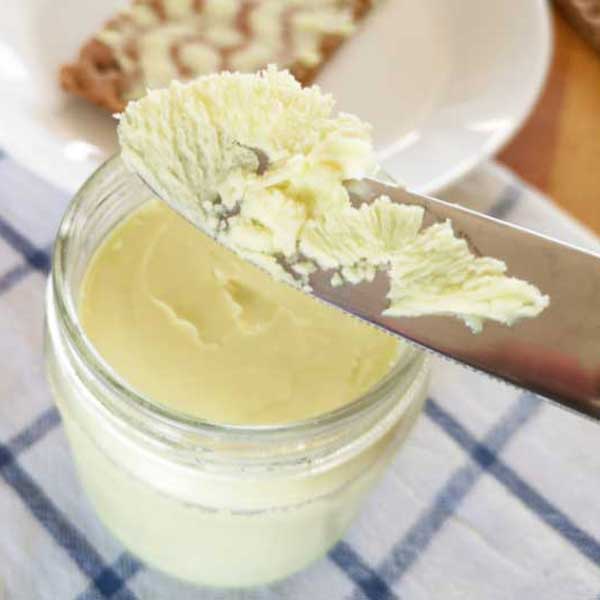Local Products
Sample the local products of Kythira
Thyme Honey
Famous for its fine quality and characteristic taste, and considered by many who have tried it to be the greatest honey in the world, Kytherian thyme honey is a regular award-winner at major exhibitions. The rich flora of wild island herbs and hard work of local beekeepers produces a product worthy of its reputation and history – evident from the first spoonful!
Fatourada (Spiced Raki)
A traditional drink of Kythira, this heady brandy is based on the island’s local grape pomace, tsipoura (or raki) . The spirit was originally produced at home by the locals, and the most common recipe is prepared with cinnamon and cloves. A tasty digestive with a sweet characteristic aroma, Fatourada is drunk warm, cold, with crushed ice or in cocktails. Some rarer homemade varieties of the lighter Fatourou also exist, which are likewise produced from tsipoura and natural fruits. The original recipe contains only tsipoura and natural flavours, with no industrial alcohol or colourings added.
Olive Oil
The systematic cultivation of olives began on Kythira under British rule. Today, olive trees are the economically most important crop on the whole island. The most common varieties grown are Koroneiki. The low acidity and exquisite taste palette ranks Kytherian olive oil among the finest in Greece.
Sea Salt
Coarse salt, pure and crystalline white, an unrefined natural product which brings the ocean breeze onto your plate. The salt flats on Kythira are locally owned and are rented out to salt castors, or “alatares” as they are called on the island, who manually collect large slabs of sea salt before reducing them to the salt we use.
Sempreviva
A small, robust yellow flower, its name means ‘always alive’ and comes from Latin sempre = always and vivere = to live. It was given it’s name by the Venetian conquerors, who noticed that when cut and hung to dry, the flower would stay fresh rather than wither over time. Collected along the rugged southern coast of Kythera and islet of Chytra, this hardy plant favours rocky substrates. It is unique to Kythera, however there are closely related species growing in remote parts of Crete.
Pasta
Traditional pasta produced in a Kytherian family workshop; the secret to the delicious taste and exceptional quality is the use of pure local ingredients such as fresh island eggs and goat’s milk.












